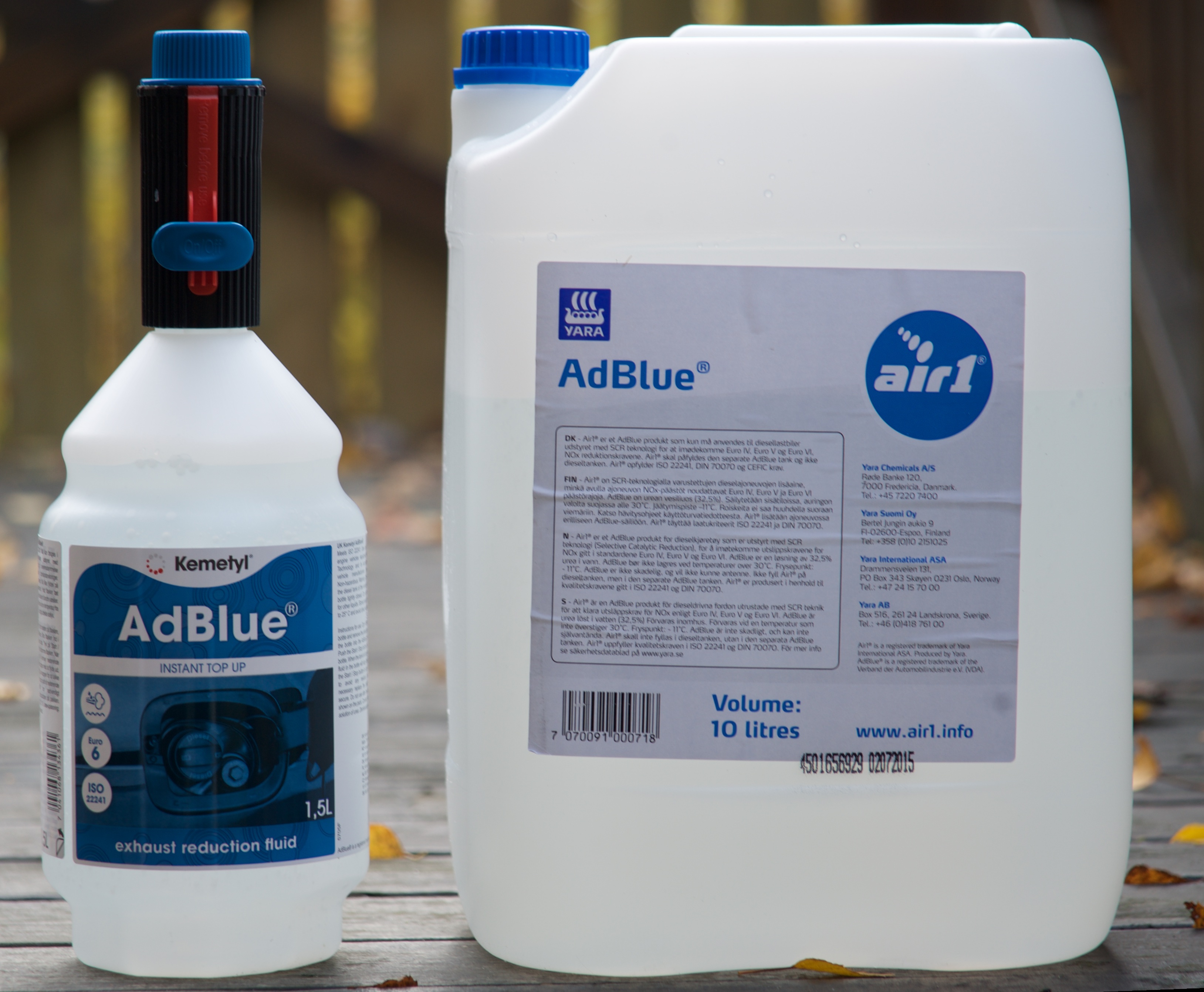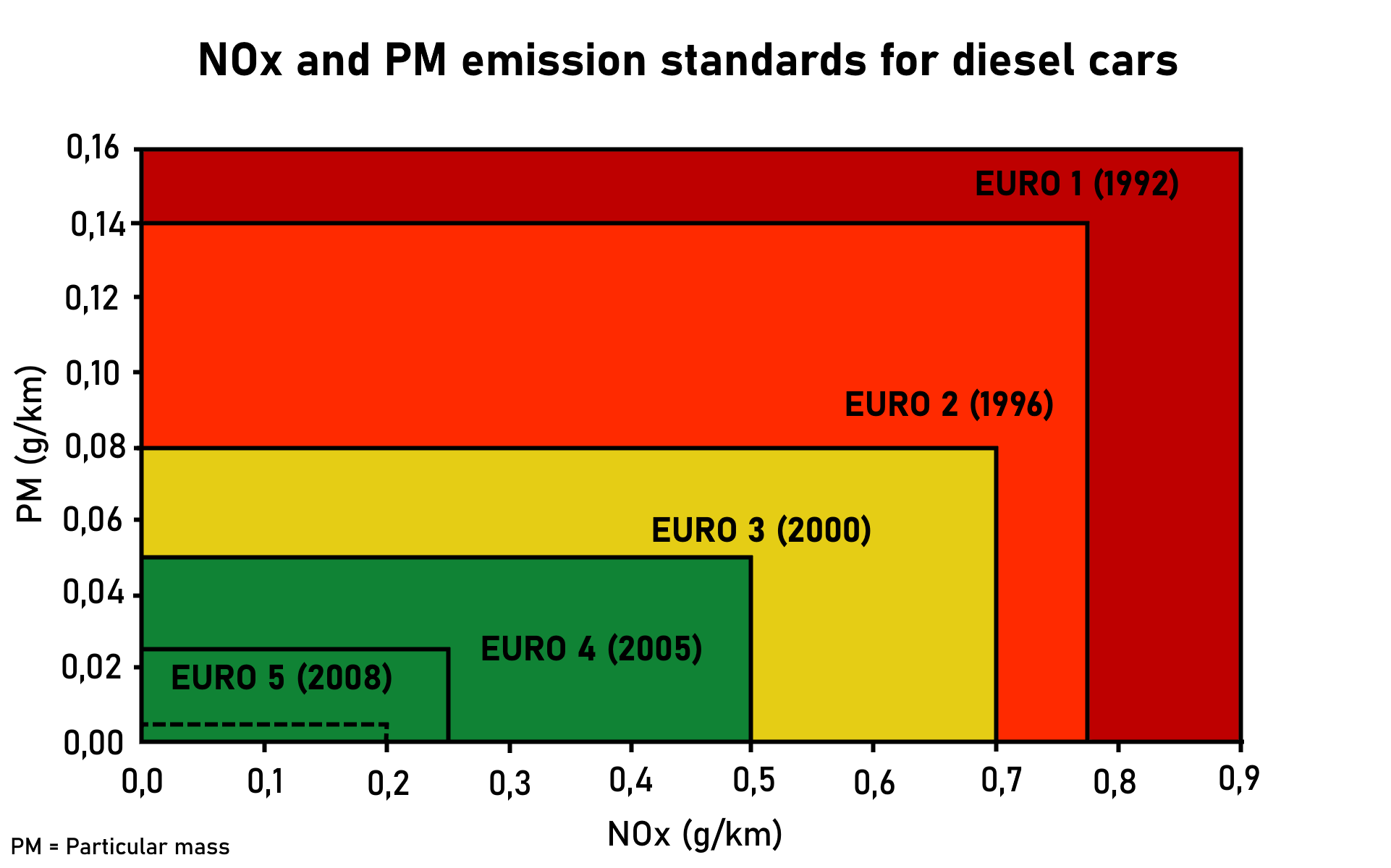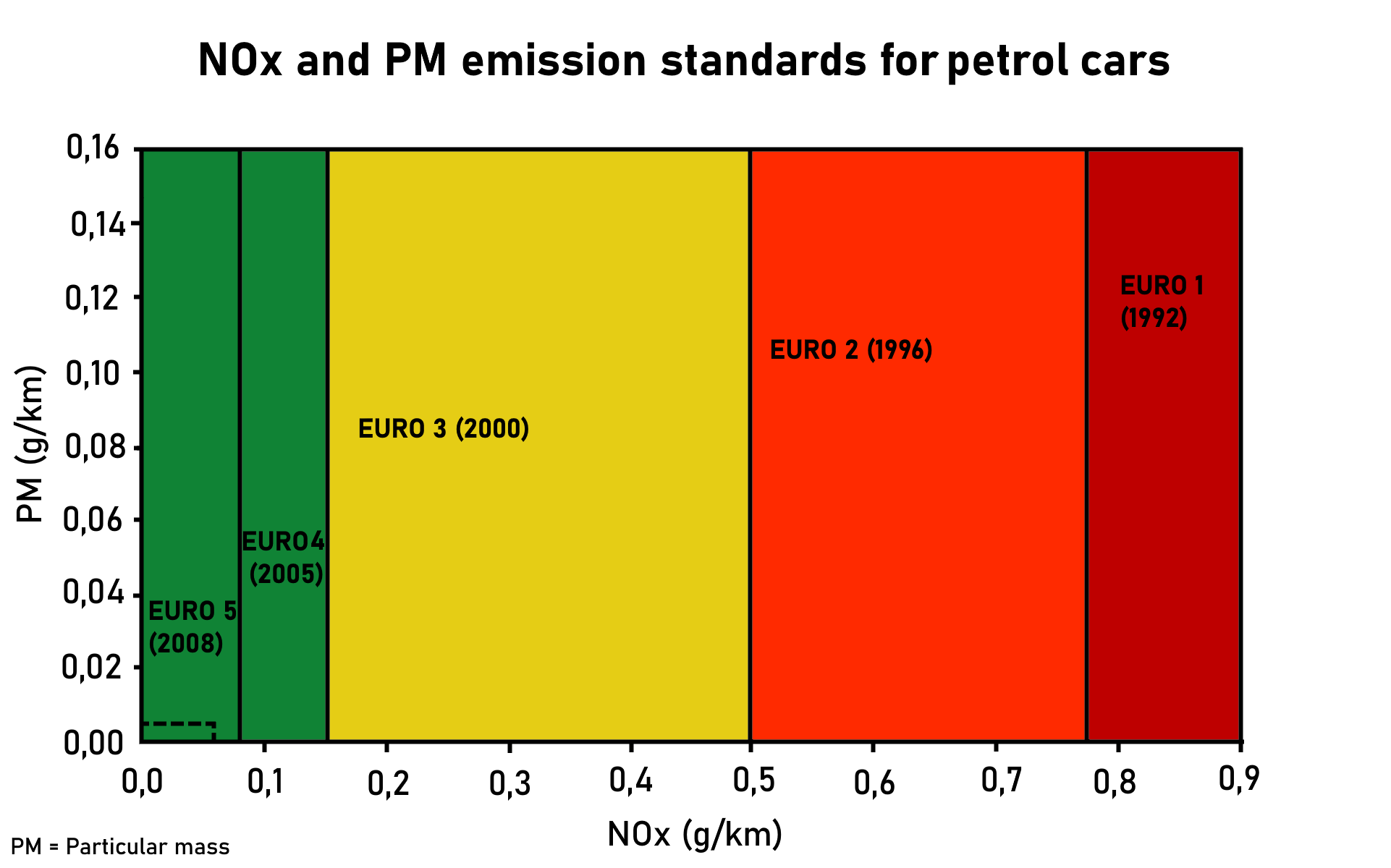|
Mercedes-Benz OC 500 LE
The Mercedes-Benz OC 500 LE is a modular, heavy-duty, twin-axle bus chassis produced by Mercedes-Benz/EvoBus Ibérica, Spain. It was designed as a modular platform for low-entry city, suburban, and intercity buses with a maximum gross vehicle weight of 19.1 tonnes. The main modules consist of: driver's pedestal, front axle, buggy centre section, drive axle and engine. It has much in common with the chassis used for the Mercedes-Benz Citaro integral bus range, and also the raised floor OC 500 RF coach chassis. The engine is horizontally mounted over the rear overhang. Mercedes-Benz in Brazil manufacture a low-entry chassis known as the O 500 U, which is related to the OC 500 LE, but is not identical. It is also available as the articulated O 500 UA and the quad-axle articulated O 500 UDA, with the latter giving a vehicle length of 23 metres. The O 500 U is also available in Australia, marketed as OH1830LE. Technical details Variations ;OC 500 LE 1825h * Engine type: OM 457 h ... [...More Info...] [...Related Items...] OR: [Wikipedia] [Google] [Baidu] |
Mercedes-Benz Buses
Mercedes-Benz has been producing buses since 1895 in Mannheim in Germany. Since 1995 Mercedes-Benz buses and coaches is a brand of EvoBus GmbH, a wholly owned subsidiary of Daimler Truck. Heritage The world's first motorised bus was built in Germany by Karl Benz in 1895, some years before Gottlieb Daimler also started to build and sell buses in Germany as well. By 1898 both Karl Benz and Gottlieb Daimler, then rivals, were exporting their buses to Wales and England. Soon Daimler products were sold in the British Empire in a partnership with the British company Milnes. Milnes-Daimler developed a double-decker in 1902 and provided a bus for the first motorised bus service in the United Kingdom the following year. Though the company met success in selling buses throughout the British Empire, the partnership between Daimler and Milnes had to be undone due to the First World War. Due to economic hardships in the early 1900s, Daimler Motoren Gesellschaft and Benz & Cie. merged int ... [...More Info...] [...Related Items...] OR: [Wikipedia] [Google] [Baidu] |
Intercooled
An intercooler is a heat exchanger used to cool a gas after compression. Often found in turbocharged engines, intercoolers are also used in air compressors, air conditioners, refrigeration and gas turbines. Internal combustion engines Most commonly used with turbocharged engines, an intercooler is used to counteract the heat of compression and heat soak in the pressurised intake air. By reducing the temperature of the intake air, the air becomes denser (allowing more fuel to be injected, resulting in increased power) and less likely to suffer from pre-ignition or knocking. Additional cooling can be provided by externally spraying a fine mist onto the intercooler surface, or even into the intake air itself, to further reduce intake charge temperature through evaporative cooling. Intercoolers can vary dramatically in size, shape and design, depending on the performance and space requirements of the system. Many passenger cars use either ''front-mounted intercoolers'' loca ... [...More Info...] [...Related Items...] OR: [Wikipedia] [Google] [Baidu] |
AdBlue
Diesel exhaust fluid (DEF; also known as AUS 32 and marketed as AdBlue) is a liquid used to reduce the amount of air pollution created by a diesel engine. Specifically, DEF is an aqueous urea solution made with 32.5% urea and 67.5% deionized water. DEF is consumed in a selective catalytic reduction (SCR) that lowers the concentration of nitrogen oxides () in the diesel exhaust emissions from a diesel engine. Other names In the international standard defining DEF (ISO 22241), it is referred to as AUS 32 (aqueous urea solution 32%). DEF is also sold as AdBlue, a registered trademark of the German Association of the Automotive Industry. Several brands of SCR systems use DEF: BlueHDI is used by PSA Group vehicles including Peugeot, Citroën, and DS Automobiles brands; BlueTec by Daimler AG; and FLENDS (Final Low Emission New Diesel System) by UD Trucks. Background Diesel engines are typically operated with a lean burn air-to-fuel ratio ( over-stoichiometric ratio) to ensur ... [...More Info...] [...Related Items...] OR: [Wikipedia] [Google] [Baidu] |
Fuel Injection
Fuel injection is the introduction of fuel in an internal combustion engine, most commonly automotive engines, by the means of an injector. This article focuses on fuel injection in reciprocating piston and Wankel rotary engines. All compression-ignition engines (e.g. diesel engines), and many spark-ignition engines (i.e. petrol engines, such as Otto or Wankel), use fuel injection of one kind or another. Mass-produced diesel engines for passenger cars (such as the Mercedes-Benz OM 138) became available in the late 1930s and early 1940s, being the first fuel-injected engines for passenger car use. In passenger car petrol engines, fuel injection was introduced in the early 1950s and gradually gained prevalence until it had largely replaced carburettors by the early 1990s. The primary difference between carburetion and fuel injection is that fuel injection atomizes the fuel through a small nozzle under high pressure, while a carburettor relies on suction created by intake ai ... [...More Info...] [...Related Items...] OR: [Wikipedia] [Google] [Baidu] |
Lean Burn
Lean-burn refers to the burning of fuel with an excess of air in an internal combustion engine. In lean-burn engines the air:fuel ratio may be as lean as 65:1 (by mass). The air / fuel ratio needed to stoichiometrically combust gasoline, by contrast, is 14.64:1. The excess of air in a lean-burn engine emits far less hydrocarbons. High air–fuel ratios can also be used to reduce losses caused by other engine power management systems such as throttling losses. Principle A lean burn mode is a way to reduce throttling losses. An engine in a typical vehicle is sized for providing the power desired for acceleration, but must operate well below that point in normal steady-speed operation. Ordinarily, the power is cut by partially closing a throttle. However, the extra work done in pumping air through the throttle reduces efficiency. If the fuel/air ratio is reduced, then lower power can be achieved with the throttle closer to fully open, and the efficiency during normal driving (b ... [...More Info...] [...Related Items...] OR: [Wikipedia] [Google] [Baidu] |
Enhanced Environmentally Friendly Vehicle
The European emission standards are vehicle emission standards for pollution from the use of new land surface vehicles sold in the European Union and EEA member states and the UK, and ships in EU waters. The standards are defined in a series of European Union directives staging the progressive introduction of increasingly stringent standards. , the standards do not include non-exhaust emissions such as particulates from tyres and brakes. Details of Euro 7 have been postponed to 12 October 2022. Background In the European Union, emissions of nitrogen oxides (), hydrocarbon, total hydrocarbon (THC), non-methane hydrocarbons (NMHC), carbon monoxide (CO) and Atmospheric particulate matter, particulate matter (PM) are regulated for most vehicle types, including cars, trucks (lorries), locomotives, tractors and similar machinery, barges, but excluding seagoing ships and aeroplanes. For each vehicle type, different standards apply. Compliance is determined by running the engi ... [...More Info...] [...Related Items...] OR: [Wikipedia] [Google] [Baidu] |
Euro IV
The European emission standards are vehicle emission standards for pollution from the use of new land surface vehicles sold in the European Union and EEA member states and the UK, and ships in EU waters. The standards are defined in a series of European Union directives staging the progressive introduction of increasingly stringent standards. , the standards do not include non-exhaust emissions such as particulates from tyres and brakes. Details of Euro 7 have been postponed to 12 October 2022. Background In the European Union, emissions of nitrogen oxides (), total hydrocarbon (THC), non-methane hydrocarbons (NMHC), carbon monoxide (CO) and particulate matter (PM) are regulated for most vehicle types, including cars, trucks (lorries), locomotives, tractors and similar machinery, barges, but excluding seagoing ships and aeroplanes. For each vehicle type, different standards apply. Compliance is determined by running the engine at a standardised test cycle. Non-com ... [...More Info...] [...Related Items...] OR: [Wikipedia] [Google] [Baidu] |
Ft·lbf
The foot-pound force (symbol: ft⋅lbf, ft⋅lbf, or ft⋅lb ) is a unit of work or energy in the engineering and gravitational systems in United States customary and imperial units of measure. It is the energy transferred upon applying a force of one pound-force (lbf) through a linear displacement of one foot. The corresponding SI unit is the joule. Usage The foot-pound is often used to specify the muzzle energy of a bullet in small arms ballistics, particularly in the United States. The term ''foot-pound'' is also used as a unit of torque (see ''pound-foot (torque)''). In the United States this is often used to specify, for example, the tightness of a fastener (such as screws and nuts) or the output of an engine. Although they are dimensionally equivalent, energy (a scalar) and torque (a Euclidean vector) are distinct physical quantities. Both energy and torque can be expressed as a product of a force vector with a displacement vector (hence pounds and feet); energy i ... [...More Info...] [...Related Items...] OR: [Wikipedia] [Google] [Baidu] |
Newton-metre
The newton-metre (also newton metre or newton meter; symbol N⋅m or N m) is the unit of torque (also called ) in the International System of Units (SI). One newton-metre is equal to the torque resulting from a force of one newton applied perpendicularly to the end of a moment arm that is one metre long. The nonstandard notation ''Nm'' occurs in some fields. The unit is also used less commonly as a unit of work, or energy, in which case it is equivalent to the more common and standard SI unit of energy, the joule.For example: Eshbach's handbook of engineering fundamentals - 10.4 Engineering Thermodynamics and Heat Transfer "In SI units the basic unit of energy is newton-metre". In this usage the metre term represents the distance travelled or displacement in the direction of the force, and not the perpendicular distance from a fulcrum as it does when used to express torque. This usage is generally discouraged, since it can lead to confusion as to whether a given quantit ... [...More Info...] [...Related Items...] OR: [Wikipedia] [Google] [Baidu] |
Torque
In physics and mechanics, torque is the rotational equivalent of linear force. It is also referred to as the moment of force (also abbreviated to moment). It represents the capability of a force to produce change in the rotational motion of the body. The concept originated with the studies by Archimedes of the usage of levers, which is reflected in his famous quote: "''Give me a lever and a place to stand and I will move the Earth''". Just as a linear force is a push or a pull, a torque can be thought of as a twist to an object around a specific axis. Torque is defined as the product of the magnitude of the perpendicular component of the force and the distance of the line of action of a force from the point around which it is being determined. The law of conservation of energy can also be used to understand torque. The symbol for torque is typically \boldsymbol\tau, the lowercase Greek letter ''tau''. When being referred to as moment of force, it is commonly denoted by . In ... [...More Info...] [...Related Items...] OR: [Wikipedia] [Google] [Baidu] |
Revolutions Per Minute
Revolutions per minute (abbreviated rpm, RPM, rev/min, r/min, or with the notation min−1) is a unit of rotational speed or rotational frequency for rotating machines. Standards ISO 80000-3:2019 defines a unit of rotation as the dimensionless unit equal to 1, which it refers to as a revolution, but does not define the revolution as a unit. It defines a unit of rotational frequency equal to s−1. The superseded standard ISO 80000-3:2006 did however state with reference to the unit name 'one', symbol '1', that "The special name revolution, symbol r, for this unit is widely used in specifications on rotating machines." The International System of Units (SI) does not recognize rpm as a unit, and defines the unit of frequency, Hz, as equal to s−1. :\begin 1~&\text &&=& 60~&\text \\ \frac~&\text &&=& 1~&\text \end A corresponding but distinct quantity for describing rotation is angular velocity, for which the SI unit is the ra ... [...More Info...] [...Related Items...] OR: [Wikipedia] [Google] [Baidu] |
Horsepower
Horsepower (hp) is a unit of measurement of power, or the rate at which work is done, usually in reference to the output of engines or motors. There are many different standards and types of horsepower. Two common definitions used today are the mechanical horsepower (or imperial horsepower), which is about 745.7 watts, and the metric horsepower, which is approximately 735.5 watts. The term was adopted in the late 18th century by Scottish engineer James Watt to compare the output of steam engines with the power of draft horses. It was later expanded to include the output power of other types of piston engines, as well as turbines, electric motors and other machinery. The definition of the unit varied among geographical regions. Most countries now use the SI unit watt for measurement of power. With the implementation of the EU Directive 80/181/EEC on 1 January 2010, the use of horsepower in the EU is permitted only as a supplementary unit. History The development of the stea ... [...More Info...] [...Related Items...] OR: [Wikipedia] [Google] [Baidu] |





